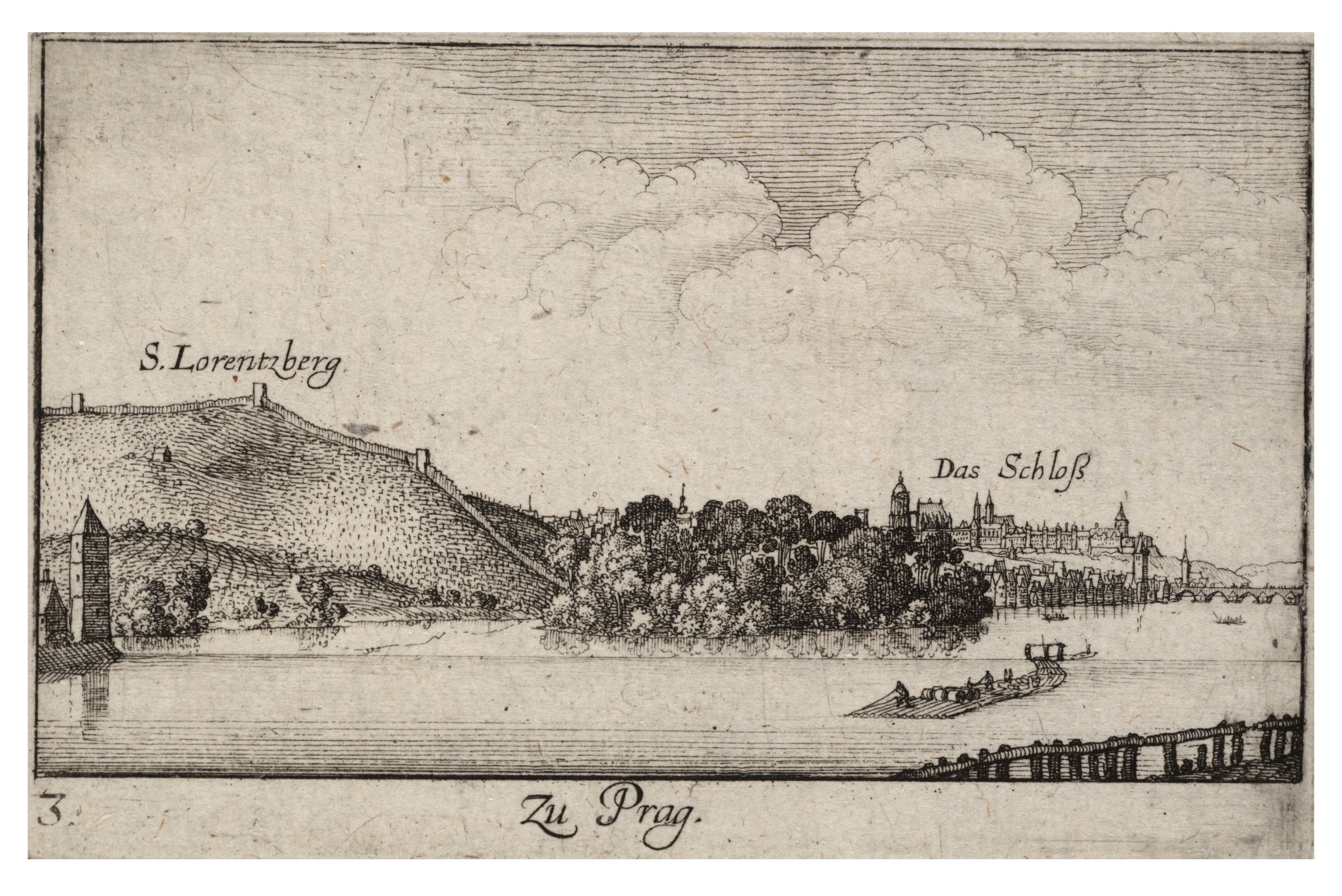Hunger Wall on:
[Wikipedia]
[Google]
[Amazon]
The Hunger Wall ( cs, Hladová zeď) is a medieval defensive wall of the
 The wall was originally called ''Zubatá'' (toothed) or ''Chlebová'' (built for bread). The adjective ''Hladová'' (hungry) appeared after a 1361
The wall was originally called ''Zubatá'' (toothed) or ''Chlebová'' (built for bread). The adjective ''Hladová'' (hungry) appeared after a 1361
available online
.
Hladová zeď
on turistika.cz (in Czech)
Hladová zeď
on praguecityline.cz (in Czech) {{DEFAULTSORT:Hladova zed Buildings and structures completed in 1362 Buildings and structures in Prague Walls Petřín
Lesser Town Lesser, from Eliezer (, "Help/Court of my Elohim, God"), is a surname. Notable people with the surname include:
* Adolf Lesser (1851–1926), German physician
* Aleksander Lesser (1814–1884), Polish painter and art critic
* Anton Lesser (born 1952 ...
of Prague
Prague ( ; cs, Praha ; german: Prag, ; la, Praga) is the capital and List of cities in the Czech Republic, largest city in the Czech Republic, and the historical capital of Bohemia. On the Vltava river, Prague is home to about 1.3 milli ...
, today's Czech Republic
The Czech Republic, or simply Czechia, is a landlocked country in Central Europe. Historically known as Bohemia, it is bordered by Austria to the south, Germany to the west, Poland to the northeast, and Slovakia to the southeast. The ...
. It was built on Petřín Hill between 1360 and 1362 by order of Charles IV.
Marl from quarries on Petřín Hill was used as construction material. The purpose of the construction was to strengthen the fortifications of Prague Castle
Prague Castle ( cs, Pražský hrad; ) is a castle complex in Prague 1 Municipality within Prague, Czech Republic, built in the 9th century. It is the official office of the President of the Czech Republic. The castle was a seat of power for king ...
and Malá Strana
Malá Strana (Czech for "Little Side (of the River)", ) or more formally Menší Město pražské () is a district of the city of Prague, Czech Republic, and one of its most historic neighbourhoods.
In the Middle Ages, it was a dominant center o ...
against any attack from the west or south. Originally the wall was 4 to 4.5 metres high and 1.8 metres wide and was equipped with battlement
A battlement in defensive architecture, such as that of city walls or castles, comprises a parapet (i.e., a defensive low wall between chest-height and head-height), in which gaps or indentations, which are often rectangular, occur at interv ...
s and (probably) eight bastions.
The wall was repaired in 1624, further strengthened in the middle of 18th century and repaired or modified several times later (in modern era in 1923-25 and 1975). One of preserved bastions serves as a base for the dome of Štefánik Observatory.
A well preserved part of the wall may also be found in the interior yard of the 19th-century house in Plaská Street No.8.
The name and associated myths
 The wall was originally called ''Zubatá'' (toothed) or ''Chlebová'' (built for bread). The adjective ''Hladová'' (hungry) appeared after a 1361
The wall was originally called ''Zubatá'' (toothed) or ''Chlebová'' (built for bread). The adjective ''Hladová'' (hungry) appeared after a 1361 famine
A famine is a widespread scarcity of food, caused by several factors including war, natural disasters, crop failure, population imbalance, widespread poverty, an economic catastrophe or government policies. This phenomenon is usually accompani ...
, when the construction works on the wall provided livelihood for the city's poor. According to myth, the purpose of the wall was not strategic but to employ and thus feed the poor. Another myth, recorded in writings of Václav Hájek z Libočan or Bohuslav Balbín, is that the Emperor Charles IV himself worked on the wall several hours every day "to help his beloved people".
Sources
* Julius Košnář: ''Staropražské pověsti a legendy'' (= Myths and legends from old Prague). Vincentinum, Praha 1933, Chapter: O Hladové zdi, p. 268 (Czechavailable online
.
Hladová zeď
on turistika.cz (in Czech)
Hladová zeď
on praguecityline.cz (in Czech) {{DEFAULTSORT:Hladova zed Buildings and structures completed in 1362 Buildings and structures in Prague Walls Petřín